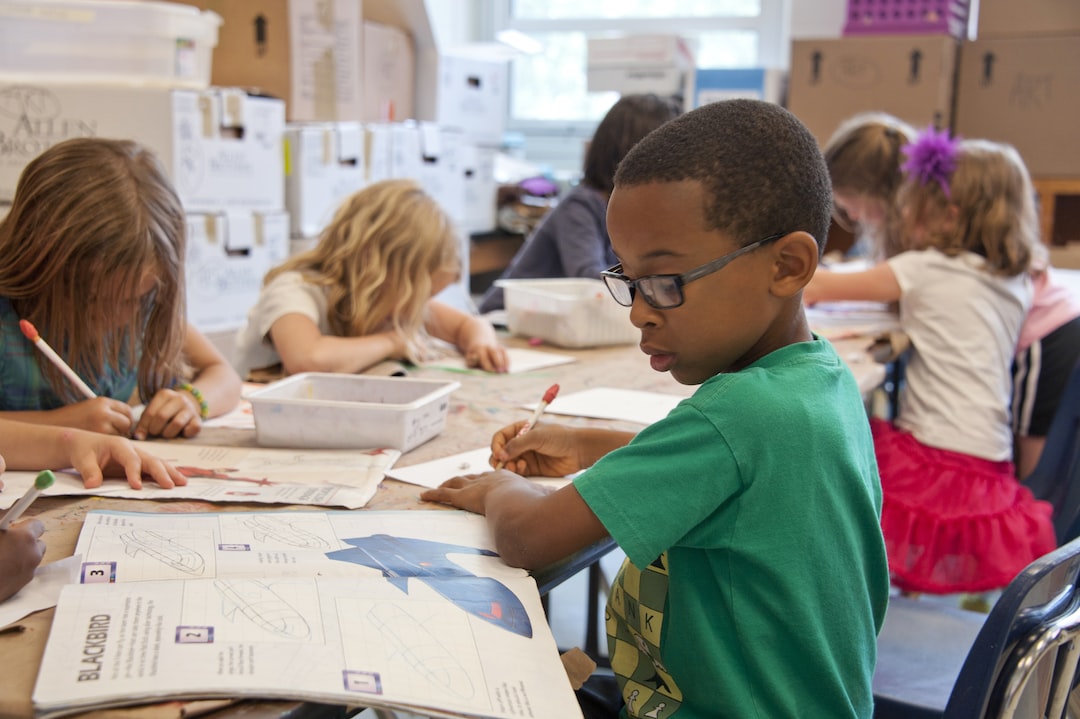Addressing Bullying in Schools: Creating Safe and Supportive Learning Environments
Bullying has become a prevalent issue in schools worldwide, affecting millions of students each year. The impact of bullying on victims can be long-lasting, leading to emotional distress, academic difficulties, and even self-harm. It is, therefore, imperative for schools to address this problem and create safe and supportive learning environments for all students. In this blog post, we will explore the various strategies that schools can employ to tackle bullying effectively.
1. Raising Awareness: The first step in combating bullying is to raise awareness among students, teachers, and parents about its various forms and consequences. Schools should conduct regular workshops, assemblies, and presentations that educate students about bullying, its impact on victims, and the importance of creating a respectful and inclusive school culture. Providing information about resources available to victims, such as counseling services, helplines, or support groups, is also essential.
2. Implementing Clear Policies: Every school should have a comprehensive anti-bullying policy in place that clearly outlines what constitutes bullying behavior, the consequences for engaging in such behavior, and the steps to be taken when bullying occurs. This policy should be communicated to all stakeholders, including students, parents, and staff, and should be consistently enforced. Having a centralized reporting system for incidents of bullying, either through anonymous reporting or designated staff members, can help ensure that all instances are addressed appropriately.
3. Fostering a Positive School Culture: Creating a positive and inclusive school culture is crucial in preventing bullying. Schools can promote empathy, respect, and kindness through various initiatives such as character education programs, peer mentoring, and extracurricular activities that encourage teamwork and cooperation. It is also important to celebrate diversity and discourage any form of exclusion or discrimination within the school community.
4. Empowering Bystanders: Bystanders play a significant role in the perpetuation or prevention of bullying. Schools should educate students about the importance of being an active bystander and provide them with strategies for safely intervening in bullying situations. Encouraging students to report incidents they witness and ensuring their anonymity and protection is vital. Schools can also organize campaigns to promote the bystander’s role and recognize those who have stood up against bullying.
5. Educating and Supporting Teachers: Teachers are on the front lines in addressing bullying. Schools should provide comprehensive training and professional development opportunities for educators on recognizing, addressing, and preventing bullying. Equipping teachers with the necessary skills to handle bullying incidents not only ensures better support for victims but also teaches students that bullying will not be tolerated.
6. Collaborating with Parents: Collaboration between schools and parents is essential in creating safe and supportive learning environments. Regular communication with parents about school policies, reporting procedures, and available resources helps establish a strong partnership in addressing bullying. Schools can also provide parents with educational resources and training on recognizing signs of bullying and offering support to their children.
7. Restorative Justice Practices: Incorporating restorative justice practices into discipline policies can be an effective way to address bullying while promoting empathy and understanding. Restorative justice seeks to repair the harm caused by bullying by involving both the victim and the perpetrator in dialogue, allowing for accountability and learning. By fostering a sense of responsibility and empathy, restorative justice can help prevent future incidents and create a more positive school culture.
In conclusion, addressing bullying in schools requires a multifaceted approach that involves the entire school community. By raising awareness, implementing clear policies, fostering a positive school culture, empowering bystanders, educating and supporting teachers, collaborating with parents, and implementing restorative justice practices, schools can create safe and supportive learning environments where all students can thrive. Together, we can work towards eradicating bullying and ensuring the well-being of our students.
